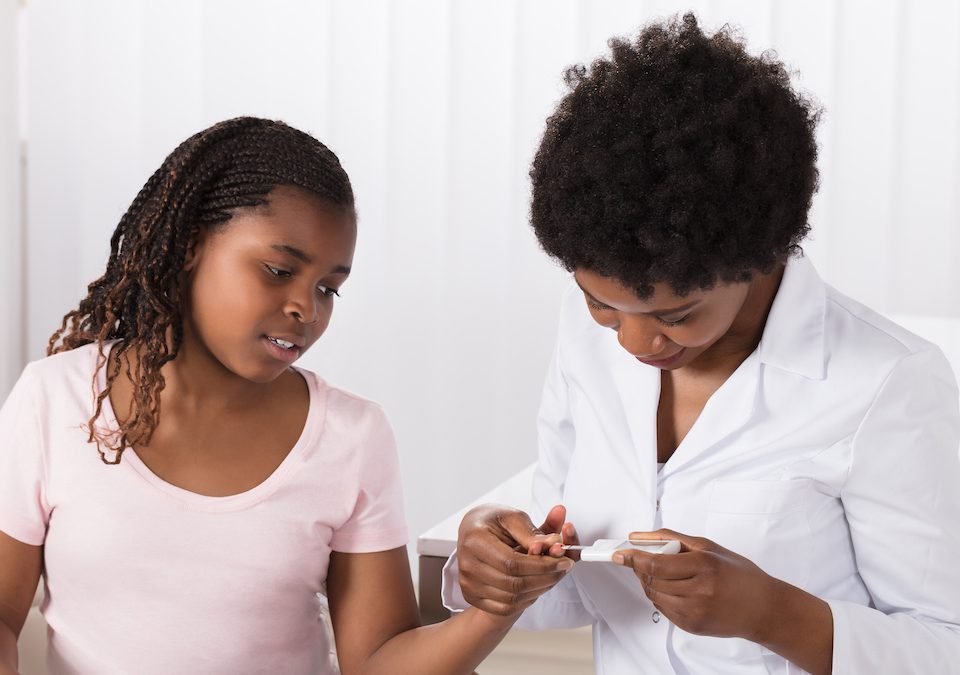
Blood Group (Rhesus) Incompatibility: What is it and how does it affect the Newborn?
26 June 2024
Kissing Disease: What is it and How can I Prevent it?
26 June 2024Sexually transmitted infections (STIs) are commonly associated with conditions like chlamydia, gonorrhea, and HIV. However, some types of cancer can also be linked to sexually transmitted pathogens. This connection highlights the importance of understanding the risks and mechanisms through which these cancers can be transmitted. This overview will focus on cancers primarily linked to human papillomavirus (HPV) and other sexually transmitted infections, such as human immunodeficiency virus (HIV) and hepatitis B and C.

"Condoms are one of the most effective ways to practice safe sex. They are easily accessible, easy to use, and provide protection against most sexually transmitted infections." — Dr. Sarah Brown
1.Human Papillomavirus (HPV) and Cancer
HPV is one of the most common sexually transmitted infections worldwide. Certain strains of HPV are known to cause cancer. Here are the primary cancers linked to HPV transmission:
a. Cervical Cancer
Mechanism and Risk Factors:
- Cervical cancer is the most well-known cancer associated with HPV, particularly with high-risk HPV types 16 and 18.
- Persistent infection with these high-risk HPV types can lead to the development of precancerous lesions, which may progress to invasive cervical cancer if not detected and treated early.
Prevention:
- Regular Pap smears and HPV testing can detect early changes in cervical cells.
- HPV vaccines, such as Gardasil and Cervarix, effectively prevent infections with the most common cancer-causing HPV strains.
b. Oropharyngeal (Mouth and Throat) Cancer
Mechanism and Risk Factors:
- Oropharyngeal cancer affects the middle part of the throat, including the base of the tongue and tonsils. HPV type 16 is strongly associated with these cancers.
- Engaging in oral sex with an HPV-infected partner increases the risk of transmitting the virus to the oropharyngeal region.
Prevention:
- Safe sex practices, including the use of condoms and dental dams during oral sex, can reduce the risk of HPV transmission.
- HPV vaccination is also effective in preventing HPV-related oropharyngeal cancers.
c. Anal Cancer
Mechanism and Risk Factors:
- Anal cancer is another cancer linked to HPV, particularly types 16 and 18.
- Receptive anal intercourse increases the risk of HPV transmission and subsequent development of anal cancer.
Prevention:
- Regular screening for high-risk individuals, including those with a history of receptive anal intercourse, can detect early changes.
- HPV vaccination provides protection against the high-risk types of HPV that cause anal cancer.
d. Penile Cancer
Mechanism and Risk Factors:
- Penile cancer is less common but can be caused by HPV, especially type 16.
- Uncircumcised men and those with a history of HPV infections are at higher risk.
Prevention:
- Safe sex practices and HPV vaccination can reduce the risk of penile cancer.
- Good genital hygiene and regular medical check-ups are also important preventive measures.
2. HIV and Cancer
Human immunodeficiency virus (HIV) itself is not directly oncogenic, but it significantly weakens the immune system, making infected individuals more susceptible to certain cancers. These cancers are often referred to as AIDS-related cancers.
a. Kaposi’s Sarcoma
Mechanism and Risk Factors:
- Kaposi's sarcoma (KS) is caused by human herpesvirus 8 (HHV-8) and is more common in people with HIV due to their compromised immune systems.
- It manifests as purple or brown lesions on the skin, mouth, or other organs.
Prevention:
- Effective antiretroviral therapy (ART) for HIV helps maintain immune function and reduce the risk of KS.
- Early detection and treatment of HHV-8 infection are crucial for prevention.
b. Non-Hodgkin Lymphoma
Mechanism and Risk Factors:
- Non-Hodgkin lymphoma (NHL) is more common in HIV-infected individuals, particularly those with a low CD4 count.
- The weakened immune system allows for the unchecked proliferation of lymphocytes, leading to lymphoma.
Prevention:
- ART helps keep the immune system stronger and reduces the risk of developing NHL.
- Regular monitoring and early intervention are critical.
c. Invasive Cervical Cancer
Mechanism and Risk Factors:
- Women with HIV are at a higher risk of persistent HPV infection, which can lead to cervical cancer.
- The immunocompromised state in HIV-infected individuals makes it harder for their bodies to clear HPV infections.
Prevention:
- Regular cervical cancer screenings (Pap smears) and HPV vaccination are essential preventive measures for HIV-positive women.
- Effective management of HIV with ART can also reduce the risk.
3. Hepatitis B and C and Liver Cancer
Mechanism and Risk Factors:
- Hepatitis B virus (HBV) and hepatitis C virus (HCV) can be sexually transmitted and are major risk factors for liver cancer (hepatocellular carcinoma).
- Chronic infection with these viruses can lead to liver inflammation, fibrosis, cirrhosis, and eventually liver cancer.
Prevention:
- HBV vaccination is effective in preventing hepatitis B infection and thereby reducing the risk of liver cancer.
- Safe sex practices reduce the transmission risk of both HBV and HCV.
- Regular screening and early treatment of HBV and HCV infections can prevent chronic liver disease and reduce cancer risk.
In conclusion
Cancers associated with sexually transmitted infections pose significant public health challenges. Understanding the mechanisms and risk factors involved in these cancers is crucial for developing effective prevention and intervention strategies. Regular screening, vaccination, safe sex practices, and effective management of underlying infections are key components in reducing the incidence of these cancers. Continued public education and research are essential to further improve prevention and treatment efforts, ensuring better health outcomes for individuals at risk.
About me

Enim, suscipit egestas nunc morbi hendrerit. Rhoncus libero varius id tristique nam fermentum, tortor tristique odio. Consequat pulvinar at.
Jasmine Thompson
Similar posts
10 August 2024
10 August 2024
Do you like it?
10 August 2024
10 August 2024
Do you like it?
10 August 2024
10 August 2024
Do you like it?
See also
10 August 2024
10 August 2024
10 August 2024
10 August 2024




